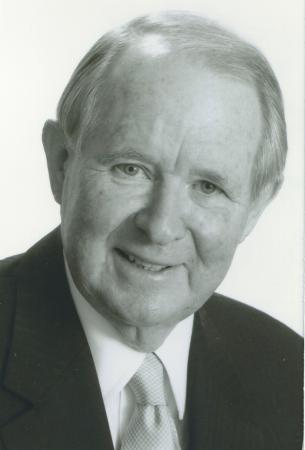For the past few years, I have told LL.M students at Leiden University that if they read only one book during their studies it should be Philippe Sands’ East West Street: on the Origins of Genocide and Crimes against Humanity (2016). Why this choice rather than some serious legal treatise?
Most international law students see international lawyers as a rather boring lot who render erudite judicial decisions or write learned treatises and who live in the Peace Palace or some academic tower removed from real life and the troubles of our times. Philippe Sands’s book about two prominent international lawyers, Hersch Lauterpacht and Raphael Lemkin, dispels this myth.
Lauterpacht and Lemkin both grew up in the then Polish city of Lwow (previously Lemberg in the Austro-Hungarian Empire; and today Lviv in Ukraine). In 1923 Lauterpacht left Lemberg and began a highly successful academic career in England, first at the London School of Economics and later at Cambridge. Lemkin fled Poland in 1940 for the United States, where for a few years he held a teaching post at Duke. Both lost their families in the Holocaust and both devoted their lives to rewriting international law to ensure that it was better placed to protect future generations.
Lauterpacht was largely responsible for the creation of the crime against humanity which with its stress on protection of the individual, which was endorsed by the Nuremberg Tribunal. Lemkin’s tireless campaigning for the protection of groups ultimately resulted in the 1948 Convention on the Prevention and Punishment of the Crime of Genocide. Although crimes against humanity and genocide are today seen as closely related concepts with the common goal of protecting human rights through the criminal law process Lauterpacht and Lemkin each argued strongly in favour of their ‘own’ international crime. This rivalry ensured that they never became friends – despite their common roots and shared idealism in the quest for better world.
The idealism of Lauterpacht and Lemkin is contrasted with the life and views of Hans Frank, Hitler’s lawyer who, as Nazi Governor- General of Poland, oversaw the annihilation of the Jewish community of Lemberg. Frank’s legal skills were devoted entirely to the furtherance of the Führer’s will which he saw as the supreme law. His views on international criminal law were diametrically opposed to those of Lauterpacht and Lemkin. Predictably he opposed the expansion of the number of international crimes, universal jurisdiction and the creation of an international criminal court. Frank was tried at Nuremberg, convicted of crimes against humanity and hanged.
The book is given a personal touch by the fact that Sands own family lived in Lemberg at the same time as Lauterpacht and Lemkin and members of his family also perished in the Holocaust.
Sands’ book reads like a novel set in the context of the Holocaust, Nuremberg and the development of international criminal law. The hopes, fears, philosophies and actions of its principal characters are vividly portrayed. It is a tale of good and evil. Of two jurists committed to justice and of another determined to use law as an aberration. It is a history of a tragedy of our time and of how the views and actions of international lawyers may shape this history.
Biographies of famous national judges and advocates abound, but there are few of international lawyers, despite the fact that international lawyers are probably more involved in political life and the decisions of which history is made than their national counterparts. We all know about Hugo Grotius, his backing of the losing faction in the political intrigue of the Netherlands, his imprisonment, escape and exile, but he is generally seen as an exception. This is not true. Many international lawyers have led extraordinary lives, but their stories are seldom told.
Herein lies the value of Sands’ book, a tale of two great international lawyers and how their determined campaigning for a better legal order changed the very nature of international law.
